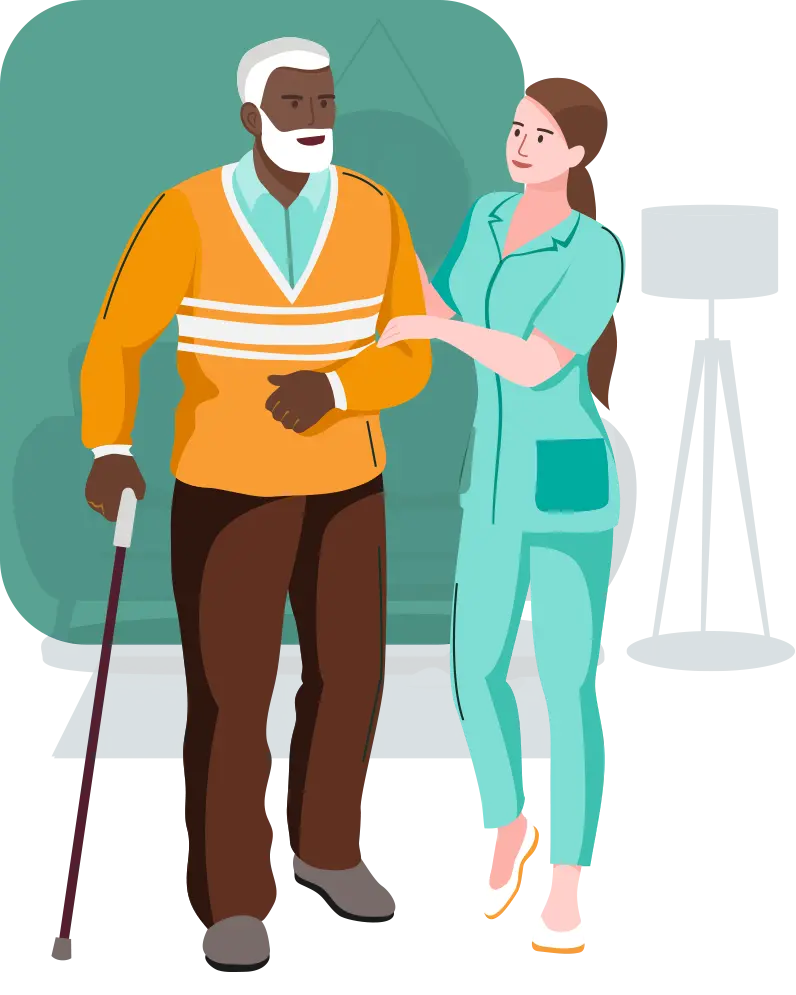A Specialty Path to Good Health
Upperline Health patients receive comprehensive medical treatment from a renowned team of specialists for podiatry care, vascular care, chronic care management, and preventative health.
We take a treatment-over-triage approach to quickly address the root of patients’ medical issues with convenient, affordable, and effective care.
The journey to wellness may not be simple, but we make it simple to navigate.

Patient Quick Links

MEDICARE: Upperline Plus for total health
We are increasing access to quality providers and coordinating care for Medicare, Medicare Advantage, and other health plan members.
- Same day appointments and urgent visits at any location
- 24/7 phone availability
- Speak with your own clinicians, pharmacist and dieticians
- Home visits
- Mental health support
- Healthcare navigation
Testimonials

Irene H.
Upperline Plus Patient


K. Philips
Pediatric Patient Care



Patient
Upperline Health – Daytona Vein Center



Patient
Upperline Plus


Robert M.
Happy Upperline Health Patient



Diane K.
Same-day Appointment Patient


Michael S.
Medicare Patient
PROVIDERS: Experience the Upperline Network
Put your patients in good hands by referring them to specialists with clinic, home, hospital and urgent availability.
Join our innovative model for coordinated specialty care. We are partnering with a variety of specialties to improve the healthcare system.




HEALTH PLANS: Better care at a lower cost
- Engage patients with chronic conditions where they are already showing up.
- Wrap-around services reduce hospitalization by ~30 percent.
- Home, clinic, facility and 24/7 interdisciplinary care
250K+
Patients
500+
Doctors and Medical Staff
150+
Locations Nationwide
